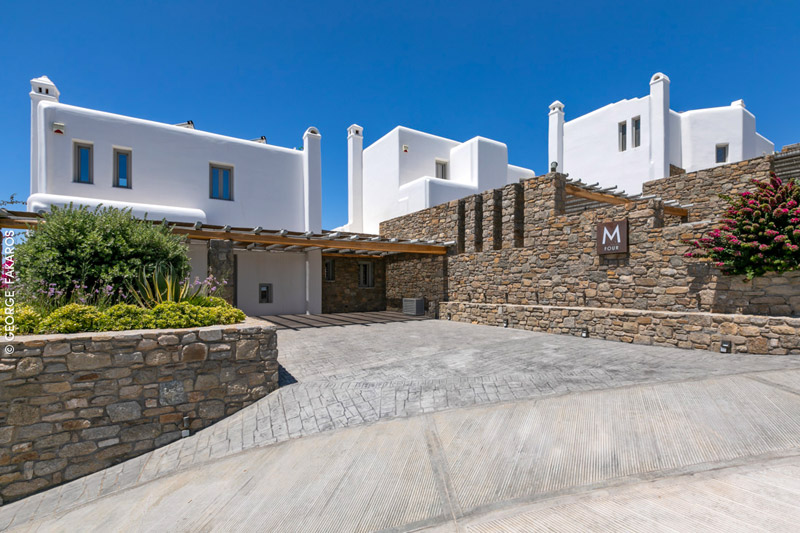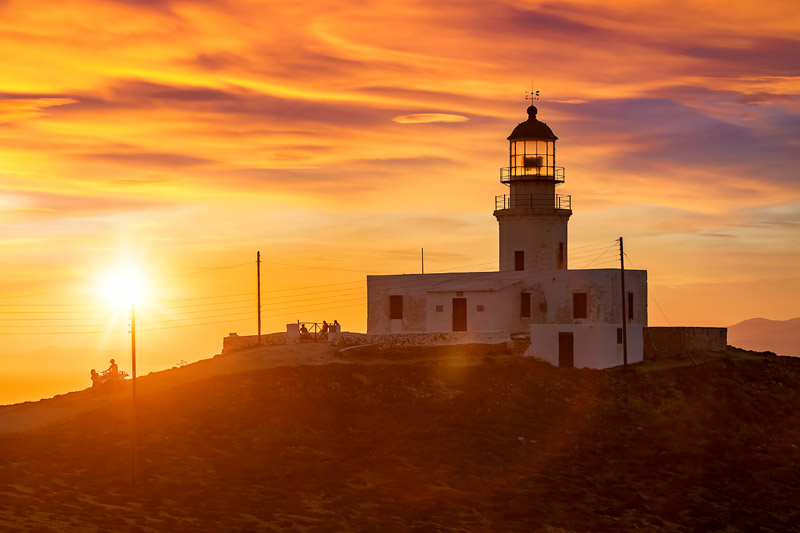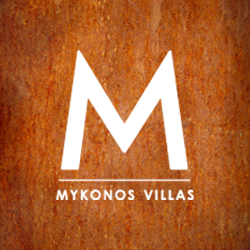Home is where love resides, memories are created, friends always belong, and laughter never ends.
Whoever said these beautiful words about what home is —or rather what home feels like— must have recently spent holidays in a private house, in some spectacular Greek island. Having a home in Mykonos, for example, means that you and your loved ones will be overwhelmed by your love for this exceptional Aegean Island where every corner waits to host the most beautiful memory, where friends love to visit and where there is a high spirit; a certain je ne sais quoi in the air that makes people never stop laughing.
The good thing is that having a home in Mykonos doesn’t require months of exhausting paperwork nor long tours around the island to find the ideal piece of land with the ideal view. All you need to do is choose among one of the available dream villas that will become your home-away-from-home, to go back every year and have the time of your life, custom-made for you!
M Mykonos Villas is the perfect example: a complex of four luxurious, yet totally homey homes, located in the most convenient area of Agia Sofia, where you can have absolute privacy while being close to the notorious party life of the island and its gorgeous beaches. All four villas follow the typical Cycladic architecture, combined with state-of-the-art amenities and exclusive VIP services. Based on natural materials, the structure of the houses ensures light abundance and offers guests an inimitable open-space experience. Each villa bears its own magic touch, yet all four share the same special qualities of elegance, calmness, and, of course, breathtaking views of Mykonos. That’s why M Mykonos Villas residents become fanatic repeaters and you must book early!
All four villas meet the highest standards for a perfect stay, either it’s a pure happy holiday or a combination of business and pleasure. There are outdoor infinity swimming pools or hot tubs, barbecues, showers, ensuite bathrooms, playrooms, large living areas with fireplaces, master bedrooms with cloakrooms, private state of the art gyms, private parking places, security alarm systems — and much more.
As far as services are concerned, these include a 12-hour reception, twice daily housekeeping, pool and garden care, and concierge services to satisfy your demands for private chefs, nannies, extra security services, guided tours, private shopping — and anything else you dream of to make yours and your loving ones’ stay a truly unsurmountable one!







